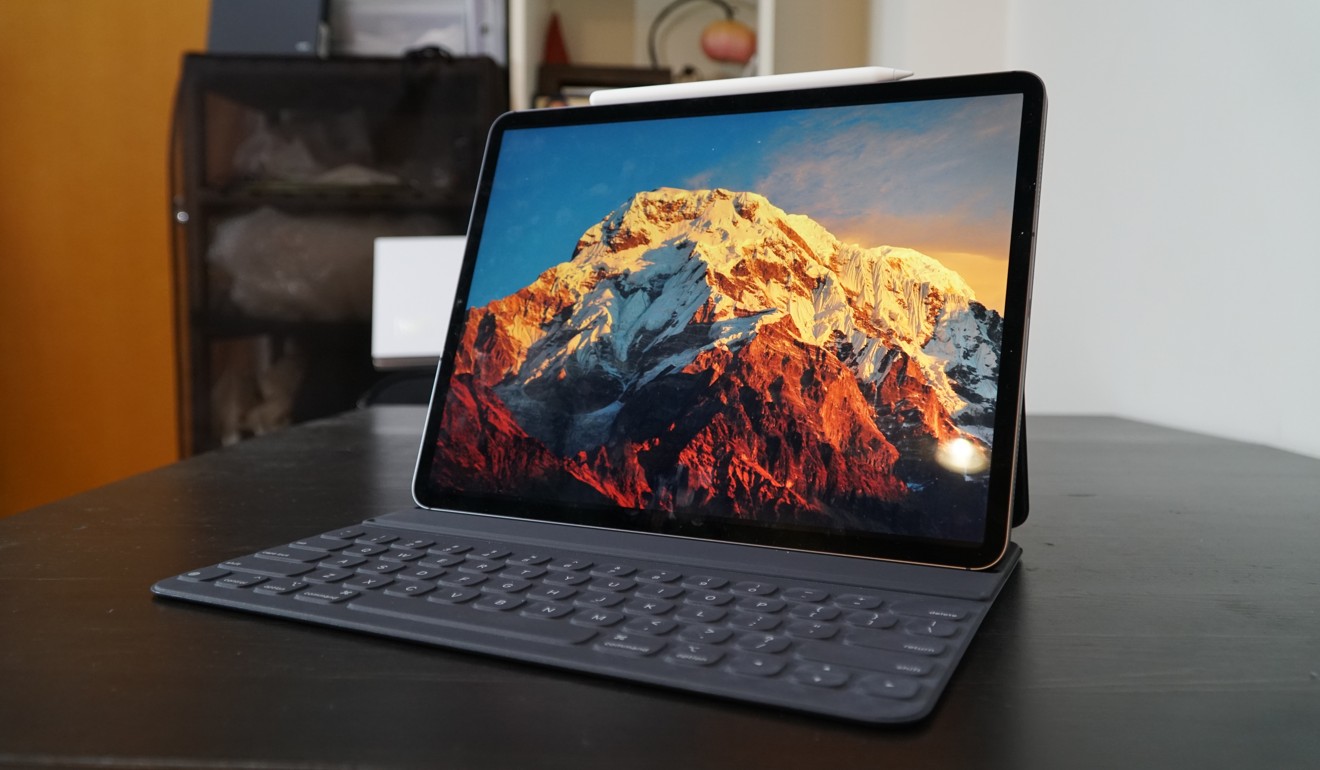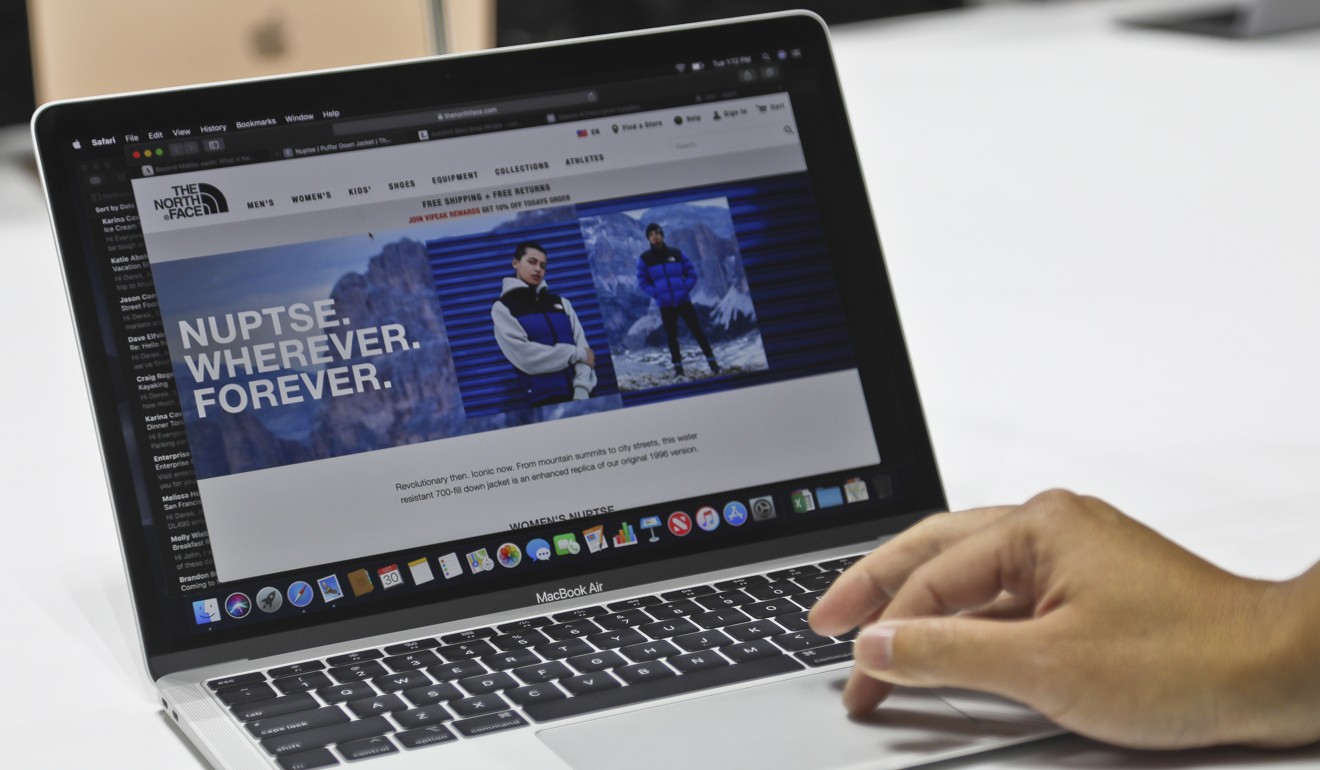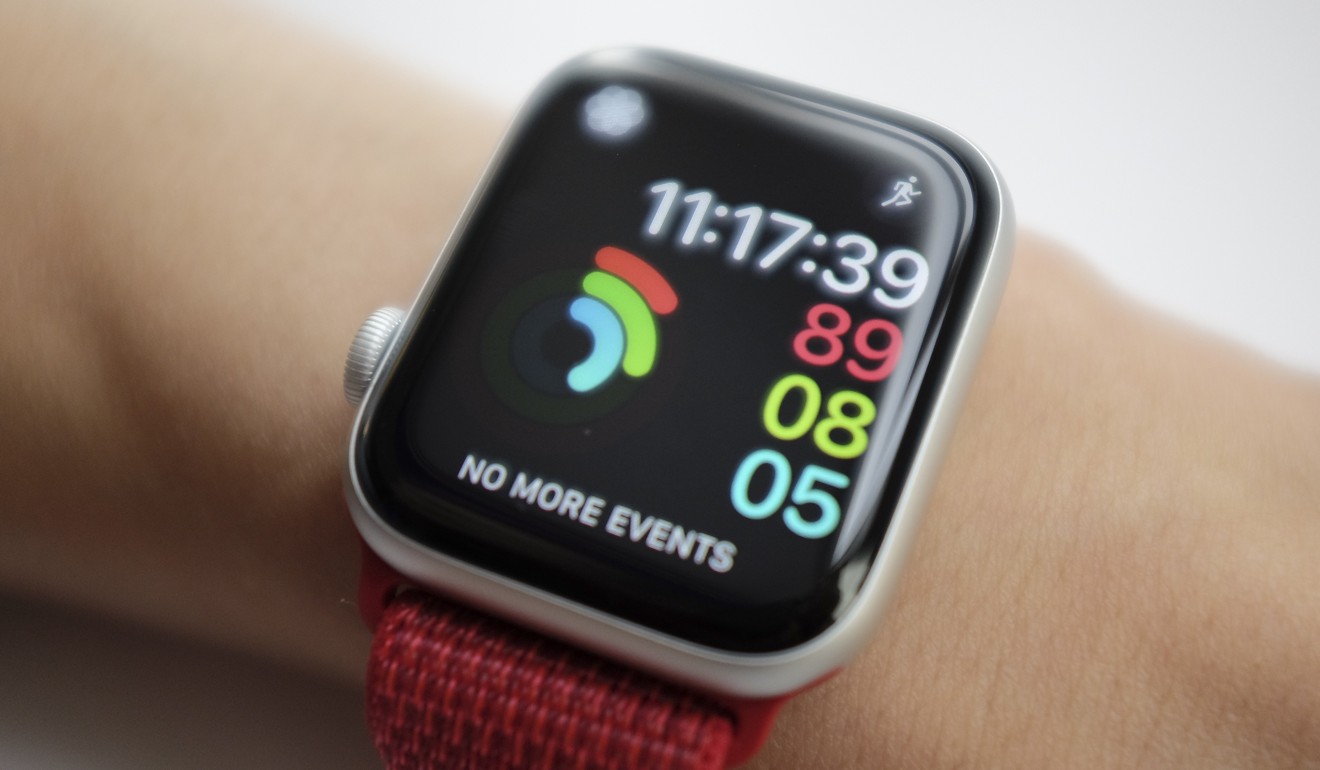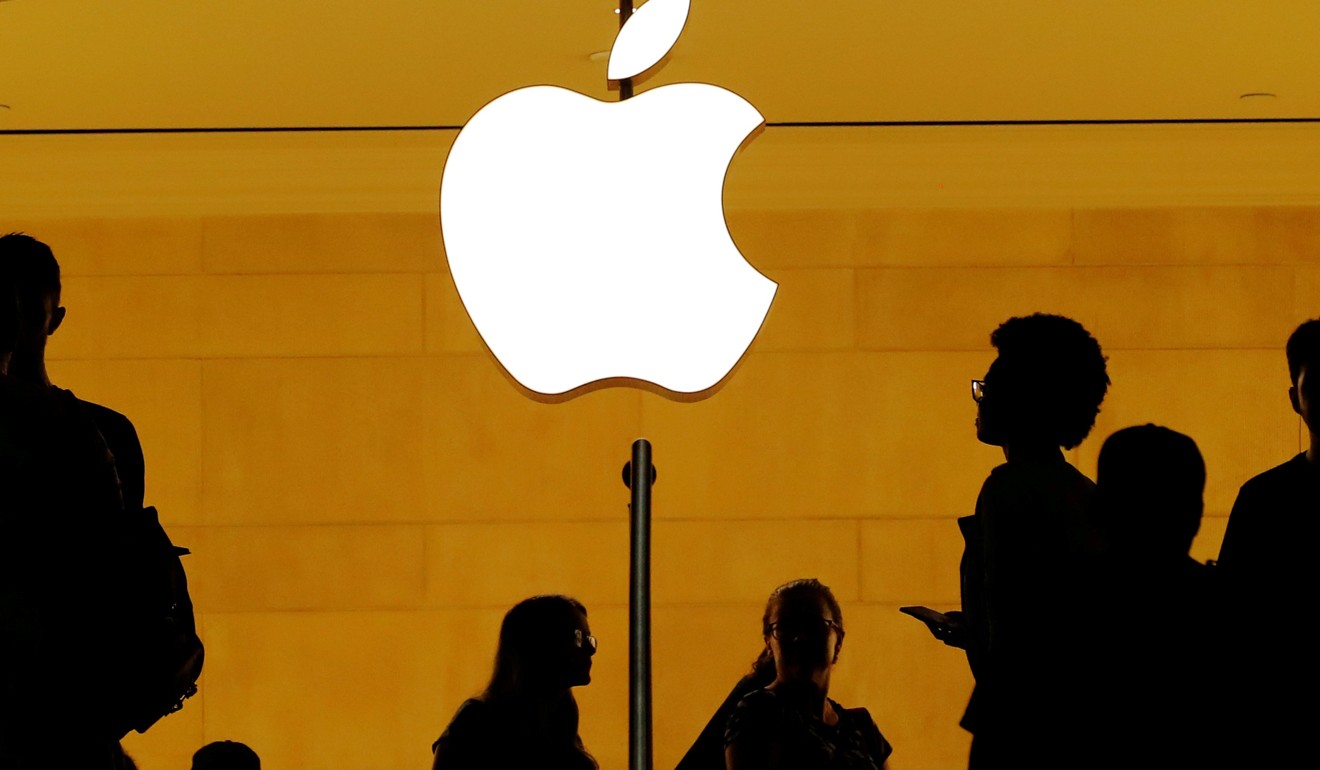
With prices of Apple MacBook Air, Mac Mini and iPhone jumping, staying loyal is getting harder
- Average iPhone price has gone up US$264 in four years compared to US$75 for Samsungs; MacBook Air just went up US$200, Mac Mini US$300
- Add in services like iCloud and AirPods and the bill climbs even higher
You cannot put a price on loyalty. Just kidding. It’s US$1,000.
Apple this year (briefly) became a trillion-dollar company. But it also became the thousand-dollar company: suddenly you need at least that much to get the best new iPhone or the big iPad Pro.
Apple hit by China iPhone sales ban but will it be enforced?
Apple has never made cheap stuff. But this autumn, many of its prices increased 20 per cent or more.
The MacBook Air went from US$1,000 to US$1,200. A Mac Mini leapt from US$500 to US$800. It felt like the value proposition that has made Apple products no-brainers might unravel.

For some perspective, we charted out the last few years of prices on a few iconic Apple products. Then we compared them to other brands and some proprietary data on Americans’ phone purchase habits from mobile analytics firm BayStreet Research.
What we learned: being loyal to Apple is getting expensive.
Many Apple product prices are rising faster than inflation – faster, even, than the price of prescription drugs or going to college in the US.

Yet when Apple offers cheaper options for its most important product – the iPhone – Americans tend to take the more expensive choice. So while Apple is not charging all customers more, it’s definitely extracting more money from frequent upgraders.
Apple says prices go up because it introduces new technologies such as FaceID and invests in making products that last a long time. Yet it has clearly been feeling price discomfort from some quarters.
It’s a good time to take stock of what you’re paying for.
Back at the end of 2014, when the iPhone 6 came out, the average price paid for any iPhone was US$634, according to BayStreet. This year, it’ll be US$898. (Samsung owners over the same period went from US$635 to US$710, not accounting for promotions.) Add in services such as iCloud storage and AirPods headphones, and our Apple bill climbs even higher.
Apple is becoming aggressive, perhaps overly so, in pricing the top-of-the-line models of its products
What we see is a reflection of a new reality for consumer tech. Most Americans who want a smartphone, tablet or laptop already have one and are not interested in changing to a new system. Without big subsidies from phone carriers and as product innovation slows, we also do not mind holding on to these products for three or more years. Apple, hoping to charge more every time we do buy, is changing how it gets money from us. So we need to change how we think about its value.
Most technology products are commodities that actually go down in price over time. Apple has worked very hard not to become a commodity.
Take the MacBook Air, the entry-level laptop, which at US$1,000 became more common in American college dorms than futons. After letting the laptop’s features languish for years while it focused on pricier models, Apple updated the Air in October with a new screen, processor and fingerprint reader. Oh, and that 20 per cent price bump, too.

Laptop competition is fierce, and by many measures the new Air cannot compete with a leading Windows 10 model like Dell’s XPS 13. For the same price as a new Air, the Dell offers a faster processor, more flash storage, and it weighs less, too.
But the specs hardly matter. As any member of the Apple tribe will profess, the company is selling far more than sexy hardware. It’s an Apple-only operating system that works with all its other Apple-only stuff, like iMessage and iCloud – a (mostly) happy trap that is hard to leave. You’re buying access to the Apple Store and customer service, not to mention Apple’s aggressive stance on privacy.
Sure, there are things Apple is not best at any more, including smartphone cameras and voice assistants. Even if any one of those features or services is not as good as a competitor, it does not much move the needle – the sum is far greater than the parts.
The best just got a lot better: Apple Watch Series 4 review
Apple is not totally ignoring budget shoppers. The iPhone is now available in an incredibly wide band of prices because Apple keeps around older models and drops their prices. You can get an iPhone 7 for US$450 (and a 6S or SE for even less through a retailer) or a maxed-out iPhone XS Max for as much as US$1,450.
The paradox is that many Apple customers think they must have the latest, trained by Apple marketing to future-proof themselves.
So this year, instead of buying a year-old iPhone 8 at a discount or an iPhone XR (a much less expensive compromise to the top iPhone XS), many customers are just skipping out on an upgrade altogether.
“People are looking at the R as the step-down product. Like it’s less of a smartphone,” says BayStreet’s Cliff Maldonado.

That makes sense if you think about Apple as a luxury good. When you’re spending that much, who buys last season’s stuff? (No surprise, Apple’s head of retail used to be the chief executive of Burberry.)
The question is: how far can Apple’s latest and greatest prices stretch?
“Apple is becoming aggressive, perhaps overly so, in pricing the top-of-the-line models of its products,” says Rafi Mohammed, a pricing strategy consultant. And that is “putting its loyal relationship with its core customers at risk”.
Apple has another trick to get its customers to spend more in the years between the big upgrades: services and accessories.
It’s got AppleCare+ for when you crack a screen, iCloud to store all the photos that no longer fit on your phone, Apple Music for entertainment – and likely more to come in 2019. Then there are stocking stuffers like cases, ludicrously overpriced dongles, or if Santa’s feeling very generous, AirPods and Apple Watches. A certain Apple logic kicks in: I spent so much on this, maybe I’ll spend even more to get the most out of it.

Apple made 16 per cent of its revenue from services in the most recent quarter and signalled that it was the company’s new focus by announcing it will no longer even disclose how many phones it sells.
So what should you do if the price of Apple loyalty is getting hard to swallow? There’s always the option of moving to a different tech tribe.
It’s hard to find an alternative for all the problems Apple solves, though Google is trying to replicate some aspects of the experience with its Pixel smartphones and Home speaker devices (those products are not much cheaper, though).
So far, there’s little evidence many are interested in switching. “I don’t think people are going to say, ‘This is too expensive so I am going to switch to Android,’” Bajarin says. “Your regular consumer just wants guarantees. They want to know that what they bought works and rarely stray from what they’re familiar with.”
Apple Watch fitness challenge put to the test
Instead, you might ask: how many Apple products do you really need? Just because you have an iPhone does not mean you need the US$350 HomePod to listen to music.
Beyond that, it’s about recalibrating our upgrade urge. Apple devices really do last a long time, all the more so with the inexpensive battery replacements Apple is offering through the end of the year. If your iPhone breaks, used ones available on eBay can still work great for far less money.
Or: before buying the new thing after one of Apple’s launch events, wait a month until the buzz settles. If the product does not still seem very revolutionary, it’s a safe bet to save your money by holding on for another year. Or four.

